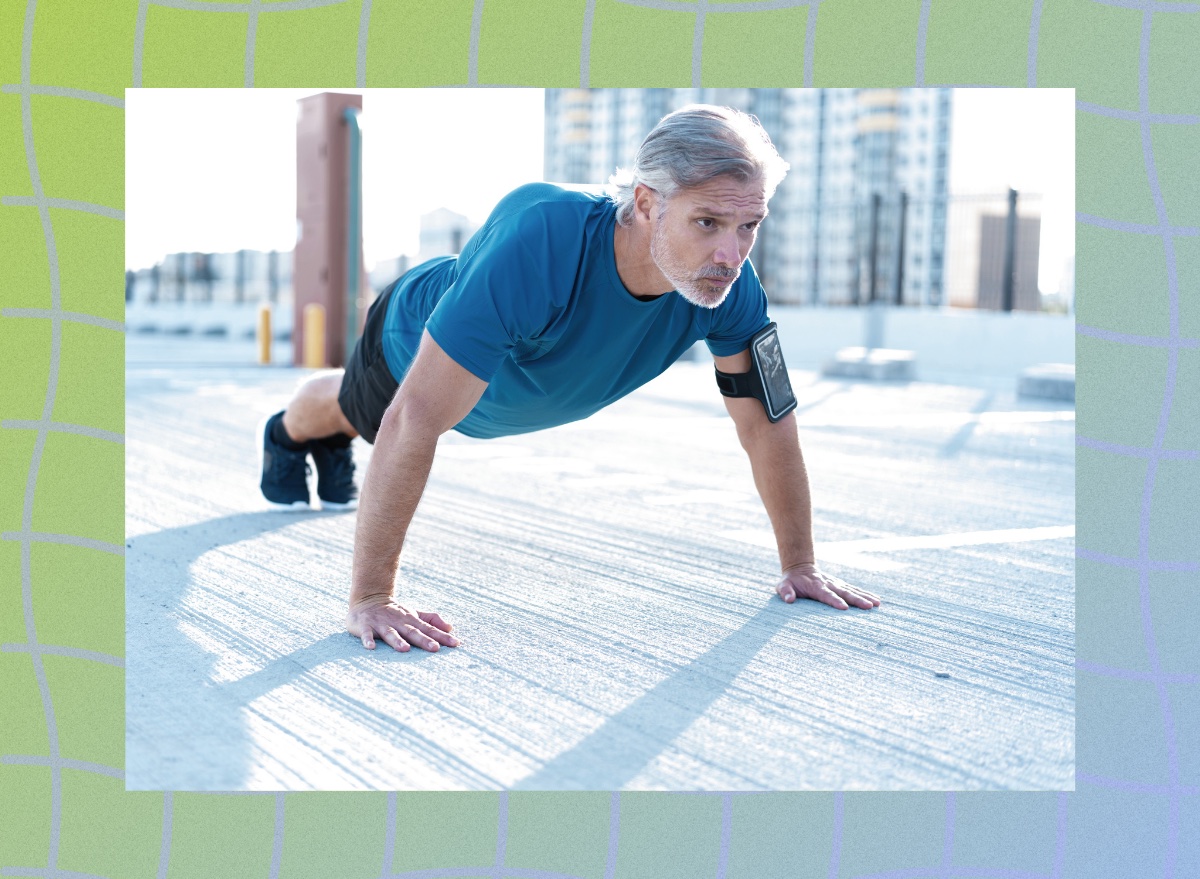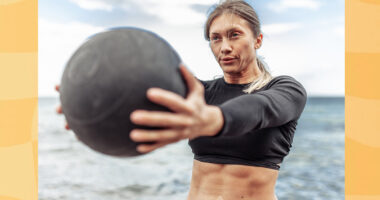Getting older doesn’t have to mean getting weaker. As a physical therapist and personal trainer on Manhattan’s Upper West Side, I’ve seen countless men who want to stay active and strong but aren’t sure where to start. In my 15 years of experience working with everyone, from young athletes to seniors, I’ve learned that maintaining fitness becomes both more challenging and more crucial as we age. Through targeted exercise, we can preserve strength, mobility, and independence well into our later years. Read on to discover five essential exercises that have helped my clients maintain their vitality and strength at any age.
Why Exercise Becomes Crucial As You Age
We lose 3-5% of our muscle mass per decade as we age. After the age of 30, we can slow the progression through nutrition and exercise. Once you hit age 60, the rate of muscle mass decline accelerates, and you’ll lose even more muscle mass because you’re getting older, not producing as much testosterone, and becoming less active. As we age, there is a greater loss of fast-twitch muscle fibers – the muscle fibers responsible for generating power and explosiveness.
You can’t stop your body from aging, but you can slow down its effects with a well-rounded exercise routine performed regularly. Benefits include preventing bone and muscle loss, boosting your metabolism, improving sleep, and, most importantly, extending wellness and independence later in life to many men as they age.
Bulgarian Split Squat
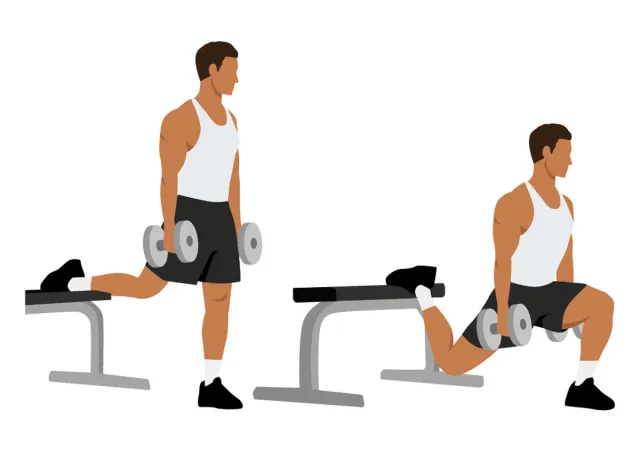
This is a great exercise to target your lower half and core — with the added benefit of improving your balance and stability, which pays dividends for the young athlete and senior citizen alike. You can do this exercise with dumbbells or with just body weight.
Stand with a bench about two feet behind you. Place the top of one foot back, on top of the bench. Bend your front knee into a lunge position, breathing in as your rear knee lowers toward the ground.
Don’t let yourself lean forward; keep your chest up and your shoulders back. Aim to keep that front knee aligned directly over your toes and don’t allow it to collapse inward.
Get as low to the floor as you can, then breath out and drive your weight through your front heel, returning to the top. Aim for three sets of 8-10 reps on each side.
Pullups
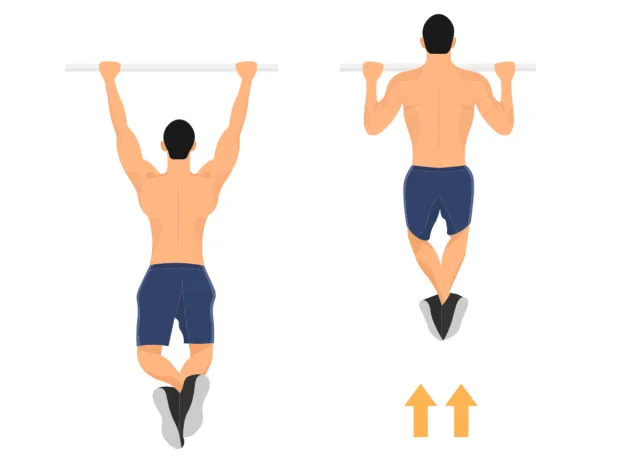
You may have bad memories of pullups from phys ed class, but they’re a great exercise we can do throughout our lives to keep our upper body and core fit. You can also modify the exercise with the assistance of a band or bench.
Grab the bar with your hands facing out, about shoulder-width apart. Allow your arms to extend fully, and draw your belly button in. Remember, this is a back exercise more than an arms exercise.
The movement has two parts. First, press your shoulders down away from your ears. Next, pull with your back muscles – not your biceps – by driving your elbows down toward the ground, which will lift your chest up toward the bar.
Use as much assistance as you need to get three sets of 8-10 reps each, then reduce the assistance as you get stronger.
Turkish Get-Ups
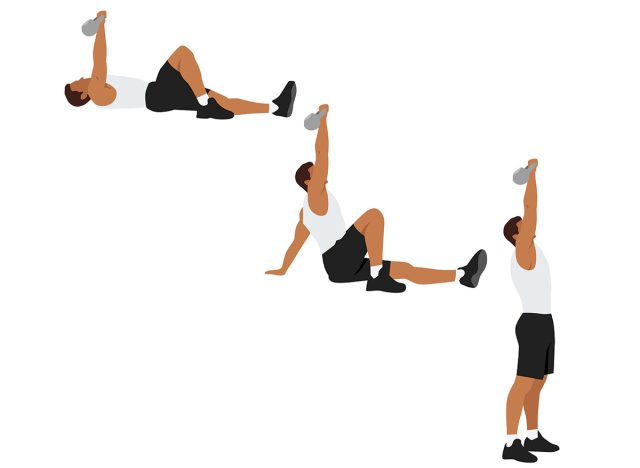
This is a full-body exercise that really checks all the boxes.
Start on your back, with a kettlebell (or dumbbell) overhead in one hand and the same side knee bent. Roll onto your opposite elbow, with the weight remaining straight overhead. Push up to straighten your arm, so you are almost in a sitting position.
With the weight still overhead, lift your hips and sweep your leg underneath to kneel. Then stand up, focusing on keeping your arm as straight – and the weight as steady – as possible. Reverse these steps to return to your start position, thus completing one repetition.
Slower is better on this one, and if the weight is unsteady at all, switch to a lighter weight.
Pushups
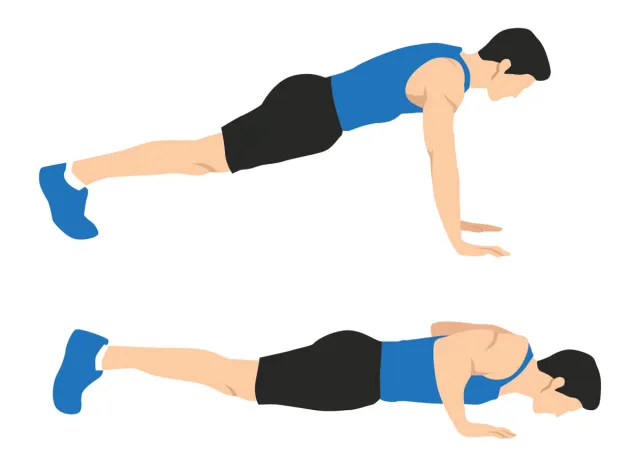
The basic exercises can also be some of the best. Build rock-solid chest and triceps muscles as well as core strength with proper pushups.
Start in a high plank with your hands shoulder-width apart, and slowly lower yourself to the ground, with your elbows pointed back toward your hips. Keep your body in a straight line throughout the exercise.
Go as low as you can without sagging your hips. Then, envision pushing the ground away from you as you raise yourself back up.
Sprints and High-Intensity Intervals
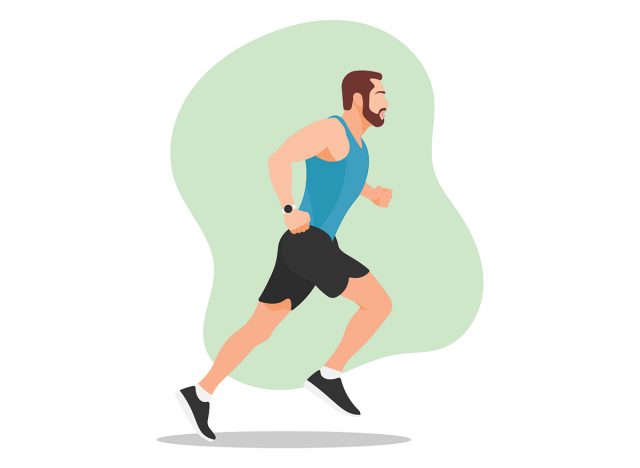
First of all, do not try sprinting without first warming up at a comfortable speed. Cutting the warmup short is the quickest way to an injury.
But high intensity interval training can deliver big cardiovascular, respiratory, and muscular benefits in a short amount of time. It can also give you a metabolic boost that will stay with you long beyond the workout.
If you’re running, try 30 seconds of sprinting (at about 80% effort) followed by 30 seconds of walking. Aim for three sets of 8-10 reps. As you improve, reduce your sprint time to just 10 seconds at a near-maximal effort level, and increase your recovery time to 50s.
If running is too much, you can replicate the effort on an elliptical, assault bike, rowing machine, bicycle, or any cardio activity where you can safely push yourself for a short burst. Just listen to your body! And if you enjoyed this article, don’t miss How Long Your Walking Workout Should Be To Shrink Belly Fat.

